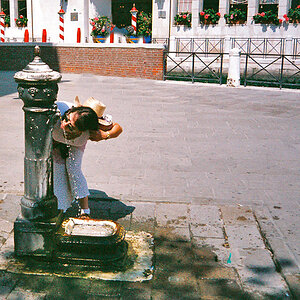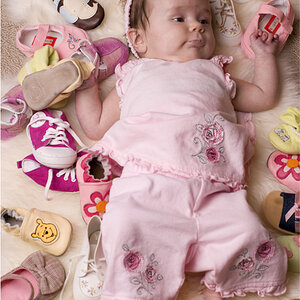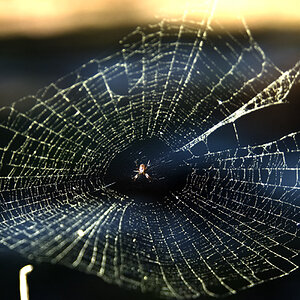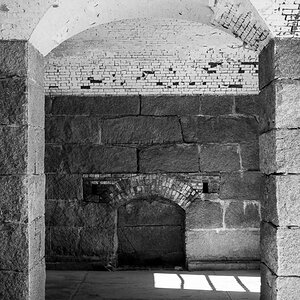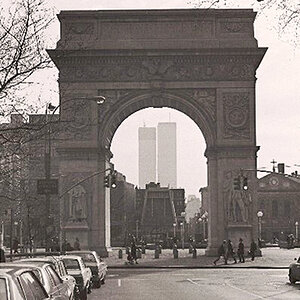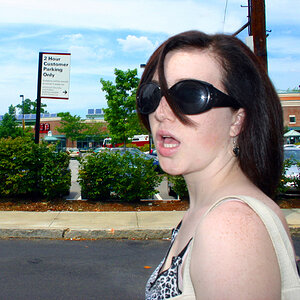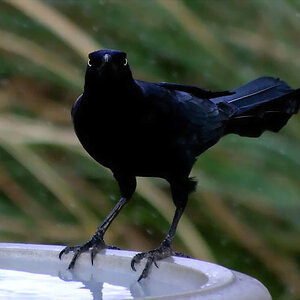LBPhotog
TPF Noob!
- Joined
- Mar 3, 2010
- Messages
- 372
- Reaction score
- 0
- Location
- New Hampshire
- Can others edit my Photos
- Photos NOT OK to edit
I don't own one IS lens either ... and I think, for the most part, IS is over-rated ... now, before you guys chastise me, I think that there ARE certain aspects of photography that DO benefit from IS, but the average beginner photographer ISN'T going to be in those situations ...
Get used to the rule of thumb that your shutter speed shouldn't be slower than 1/the focal length of your lens.
Get used to the rule of thumb that your shutter speed shouldn't be slower than 1/the focal length of your lens.



